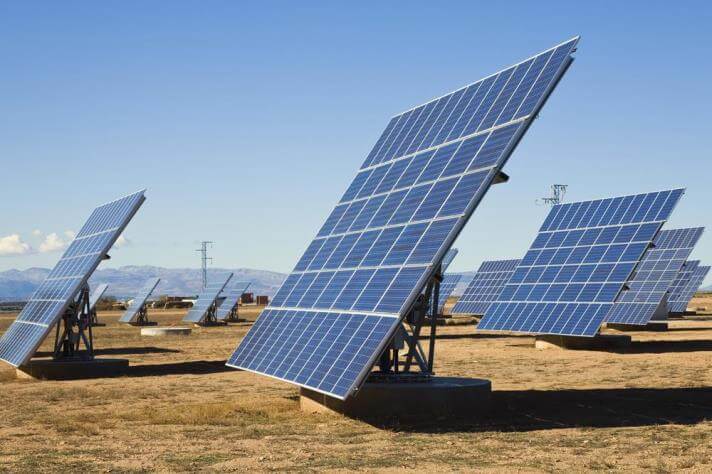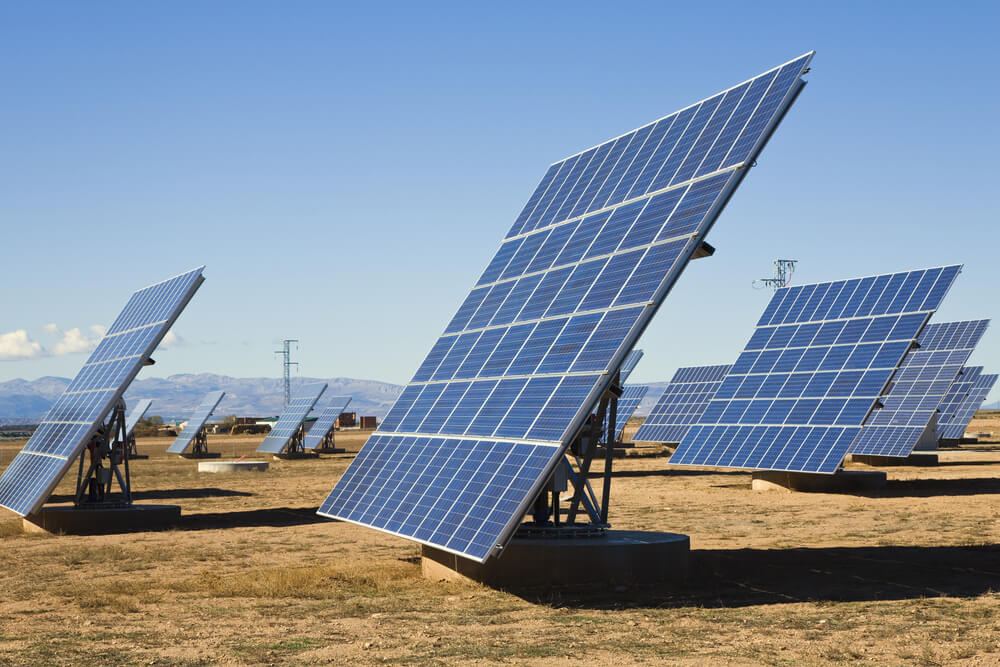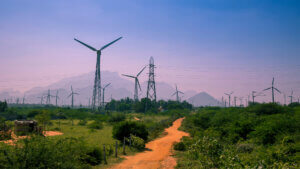
Asia-Pacific Switchgear Market-2015 Update
Japan’s $110bn Infrastructure Investment Expansion into APAC will Revitalize Market Growth
The rise in the need for alternative energy such as renewable power, coupled with a significant increase in investments across the residential, commercial, and industrial sectors, has led to a strong demand for switchgear products. This research service analyses the switchgear market in Asia-Pacific, focusing on current conditions and future market opportunities.
The switchgear market is discussed in detail at the regional level such as East Asia, Southeast Asia, and Australia and New Zealand, and market revenue forecasts are provided for each country. The key product segments of switchgear are classified into high voltage, medium voltage, and low voltage. Drivers and restraints affecting market revenues, OEMs’ presence in the market, and market share breakdown have been provided at the regional level.
Top 5 Trends and ImplicationsRecap of 2014 and 2015
Total Switchgear Market: Outlook, APAC, 2014
– Non-oil commodities prices experienced a fall of to %, severely impacting the mining industry across ANZ and Indonesia.
– Global crude oil price shock fell by %, with severe cutbacks of up to % in oil and gas (O&G) projects in Malaysia and Indonesia.
– Political disruptions hampered planned investments in Thailand.
– Huge destocking in the Philippines and slackened government spending in the construction sector in Singapore led to declined private investment.
– Building construction and government capital spending slow in South Korea.
Ormazabal has strengthened ties with TNB to establish CPG switchgear in Malaysia. Mitsubishi Electric began domestic sales in Thailand through its subsidiary.
IEC 61439 has replaced IEC 60439 as the standard for low-voltage (LV) switchgear products, with Singapore and Australia at the forefront.
Companies such as Siemens, Alstom, and ABB continued to manufacture modular switchgears that are efficient in terms of floor space.
– ABB discovered C5 gas as an eco-friendlier option for sulfur hexafluoride (SF6) used in gas-insulated switchgears (GIS).
Key Questions
– Is the APAC switchgear market growing? How long will it continue to grow and at what rate?
– Are the existing competitors structured correctly to meet customer needs?
– How will the structure of the market change with time?
– Are the products offered today meeting customer needs or is additional development needed?
– Are the vendors in the space ready to go it alone, or do they need partnerships to take their businesses to the next level?

























